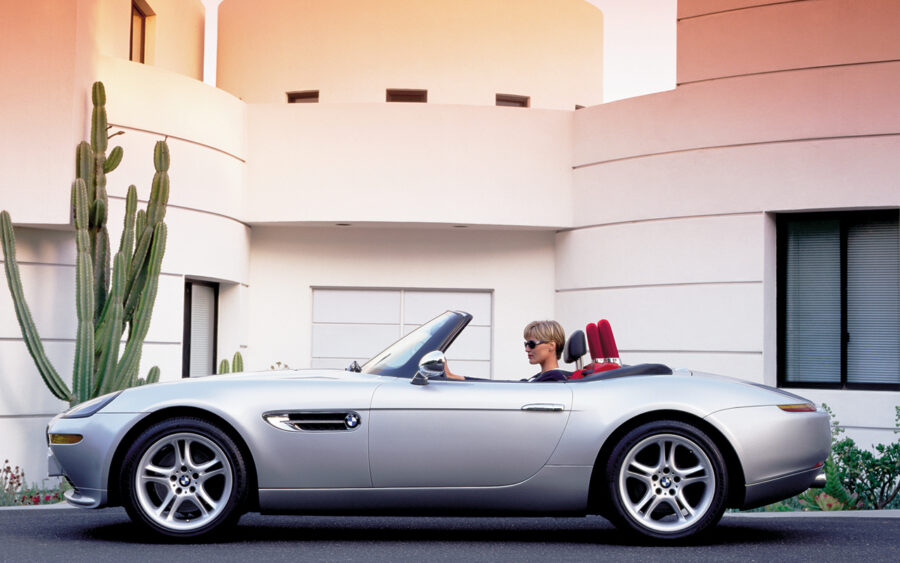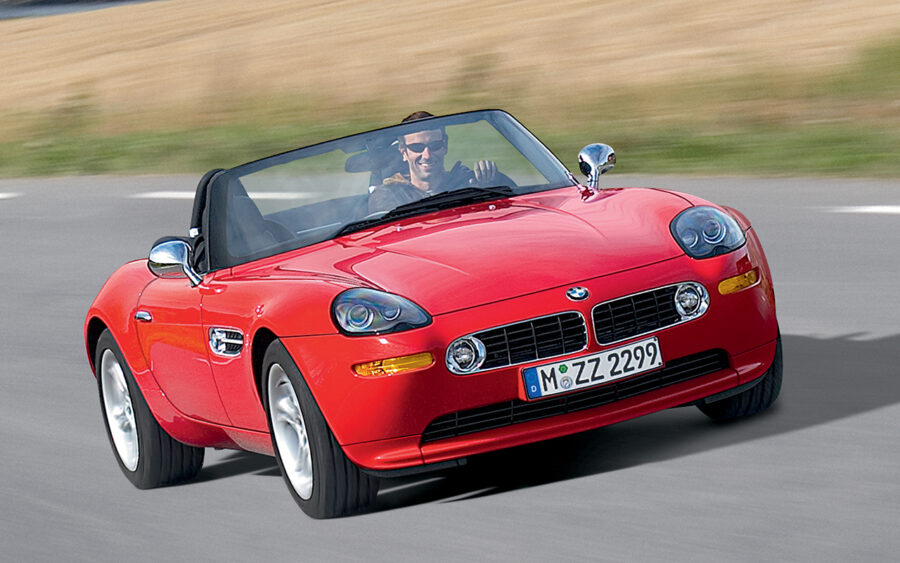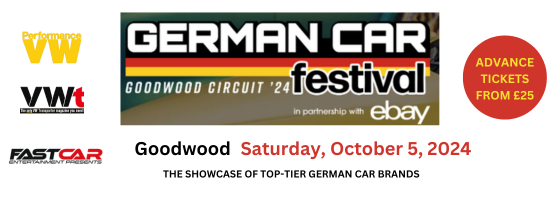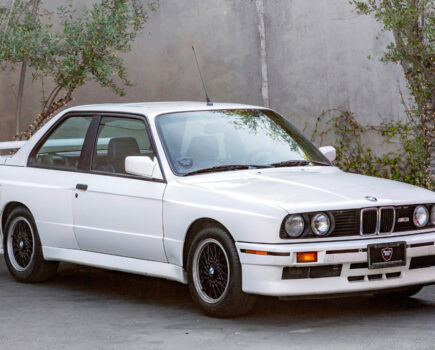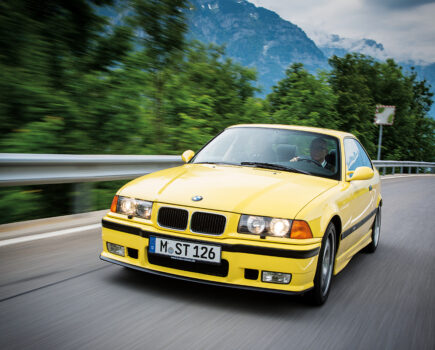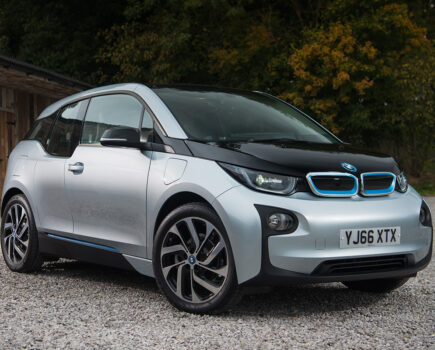Appearing in showrooms over two decades ago, the BMW Z8 was a coveted modern classic the moment it was first revealed in concept form
Words: Simon Jackson
The BMW Z8 was initially intended to be nothing more than a design study. Penned by chief designer Chris Bangle’s team, and importantly, Henrik Fisker too as an out of hours project, it was first mooted as far back as the early 1990s. The concept – termed the Z07 at the time – first saw light of day at the 1997 Tokyo Auto Show. The car, shown in roadster and coupé form, drew heavy inspiration from the BMW 507 produced between 1956 and 1959 – one of the most sought after BMW Roadsters of all time – indeed it’s popularly believed that the car’s genesis came after one BMW board member’s drive in a 507, he raised the question of why the marque did not produce a modern 507 alternative.
The concept’s retro modern styling cues and received a rapturous reception from critics and public alike. BMW responded, the Z8 would enter limited series production in 1999. The first drive of the E52 Z8 went not to a seasoned automotive journalist but actor Pierce Brosnan in his third outing as James Bond in 1999’s The World Is Not Enough which featured a Titanium Silver pre-production car. Rumour has it that when Bond producers visited Munich they clapped eyes on the Z8 in the BMW design studio and the rest, as they say, is history. Of course the Z8 wasn’t complete so fibreglass-bodied mock-ups were built for filming. One such example was cut in half during one of the film’s more memorable scenes.
Intended as a collector market car from the outset – only 5,703 examples would ever be produced in total (all left-hand drive), though that seems like plenty when compared with the number of 507 Roadsters built – just 252. Yet this modern take on the 507 of old was impressive to say the least, and pretty faithful to its concept relation. Classic design cues were joined by the S62 5.0-litre naturally aspirated V8 from the E39 M5 (BMW’s first M Power V8 and its most powerful engine at the time) – producing 400hp and 369lb ft of torque.
With individual electronically actuated throttle butterflies, crankshaft, pistons and conrods unique to it, and with double variable valve timing (Vanos), the BMW M department’s influence was clear. But it wasn’t all quite so impressive – cast iron exhaust manifolds built by robots not human hand also featured. All the same it was impressively powerful with torque aplenty and a soundtrack to die for. The 4,941cc unit was coupled to a six-speed manual Getrag gearbox. All this translated to a 0-62mph time in the sub five-second region. The Z8 utilised the best technology and production methods available at the time, an aluminium monocoque and space-frame chassis design assisted rigidity and therefore handling prowess. In conjunction with the eight-cylinder engine, mounted aft of the front axle so as to achieve 50:50 weight distribution, the hand-built Z8 lapped the Nürburgring Nordschleife in 8 minutes 15 seconds – impressive even by today’s standards.
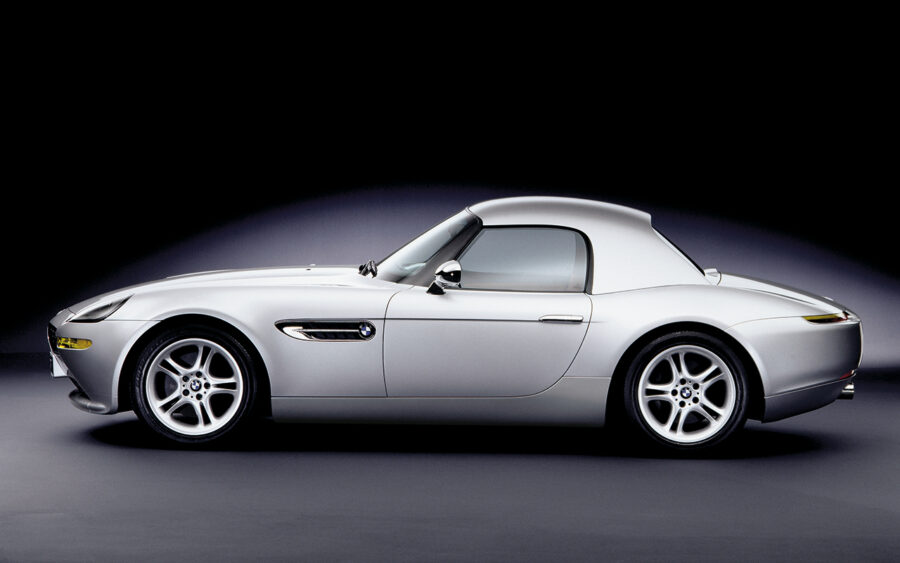
While the M5’s limited slip differential was missing, the brakes came from the 750i and, for the first time on a BMW, came McPherson front struts and a multi-link suspension arrangement out back. Also breaking with BMW convention came rack and pinion steering, used for the first time on a V8 BMW in place of the traditional recirculating ball setup.
Make no mistake though, the Z8 was no parts bin affair – the interior in particular was utterly unique. A curved dashboard angled towards the driver and noteworthy wire spoked steering wheel (commonly believed to have been the work of one dedicated designer) were joined by a centrally-mounted instrument cluster. This all gelled together in a successful fusion of retro influence without appearing passé – quite the balancing act. However, it was arguable the aforementioned exterior styling which stole the show. That the twin grille up front and striking wing-mounted vents on each side were highly reminiscent of the 507 and its 1950s period siblings was no accident, like the chassis and engine the bodywork was crafted from aluminum in a bid to keep overall weight to a minimum (it tipped the scales at 1585kg). The electronics were anything but ‘retro’, in fact much of it was cutting-edge; traction control, stability control, together with front and side air bags kept occupants safe, GPS navigation, climate control and electrically-operated seats, steering wheel and convertible top added to the comfort and convenience features.
The Z8 appeared in showrooms in 2000, it wasn’t cheap (especially given that it wasn’t available in right-hand drive). Priced at £86,650 it made many an eye water, though almost everything came as standard issue so there were few optional extras to hike the price further still. And BMW’s promise of making parts available for fifty years after launch gave owners some peace of mind.
Despite its cost early demand for the Z8 was high, promoting a war among collectors many of whom ended up paying a premium over list to obtain an example. You might assume that this clamber for cars was encouraged by positive reviews, but initial reaction from the automotive press was somewhat middling. Those in the know criticised the Z8’s driving experience, all the more frustrating given that all the right ingredients were present and correct – they were just perhaps not utilised to best effect. The presence of understeer, lack of an LSD to smoothly control slip, and a slightly long throw gearshift were the three biggest factors for which the Z8 received denunciation. But then perhaps that is to miss the point of the Z8? Never was this car intended as an out-and-out sports car, rather, like the 507 from which it took so much inspiration, it was planned to be a B-road hand gun not an A-road automatic weapon – roof down, V8 burbling away, this is an old fashioned occasion – something special to drive – not a formidable, precision, contemporary driving tool.
Whatever your view on the driving experience here, the Z8 has fulfilled its original mission objective, quickly becoming a collectible BMW that reminds of a golden age of motoring when this kind of power was not commonplace and technology not quite so nannying. Was it ahead of its time? Quite possibly. Z8 production ended in 2003, today starting prices have reached in the region of £150,000, meaning that the Z8 remains a somewhat indulgent collector’s car – exactly as BMW intended.
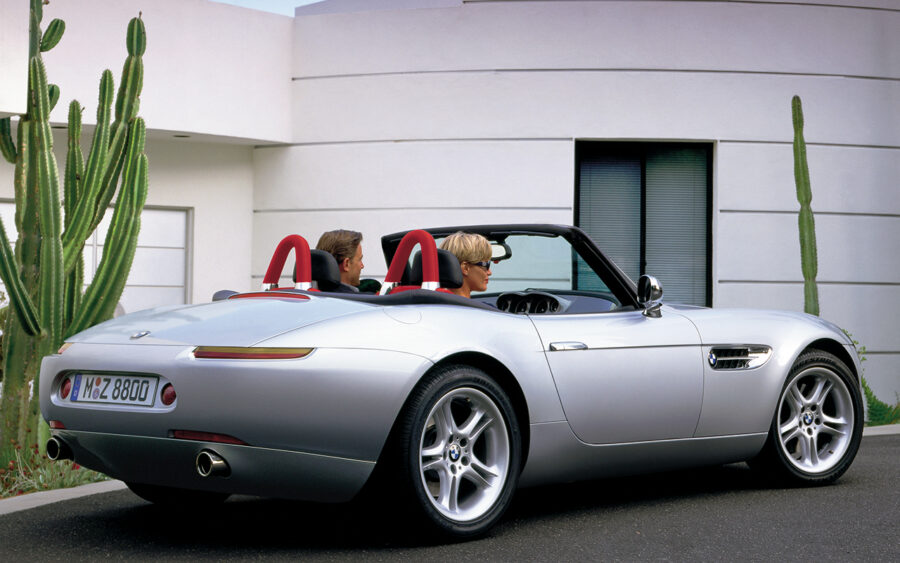
Today this throwback creation is quite rightly highly regarded and perhaps even more desirable than it was at launch in 1999. As the E52 Z8 gets older it’s difficult not to see it further appreciating in value and attracting the attention of ardent collectors. A coveted BMW from birth, this is a unique model that could be argued to have been someway ahead of its time in 2000, blending the best bits of a classic roadster with modern technology and construction techniques. Arriving on the cusp of the analogue world meeting its digital future, the Z8 remains an important part of BMW history and a car that undoubtedly helped inform the shape of contemporary roadsters and coupés for decades after its retirement.
Timeline
1997
Z07 concept shown at the Tokyo Auto Show, drawing inspiration from the classic BMW 507.
1999
Limited series production of the Z8 begins. First preproduction model features in James Bond film The World is Not Enough.
2000
BMW Z8 appears in showrooms priced at £86,650.
2002
Series production officially ends in November.
2003
Alpina Roadster V8 arrives; 555 examples built, with just eight making it to the UK. Bertone Birusa concept car shown at the Geneva Motor Show based on Z8 underpinnings.
